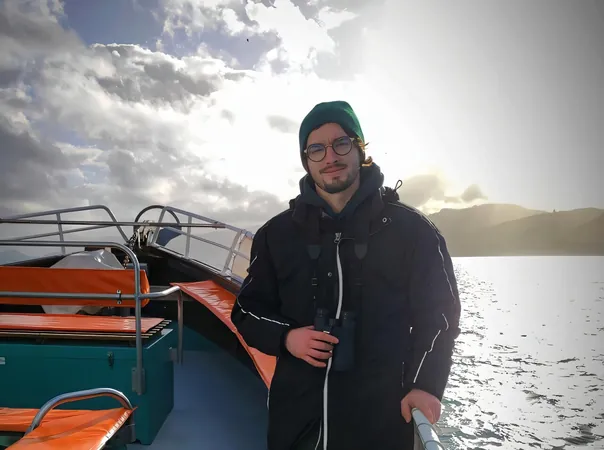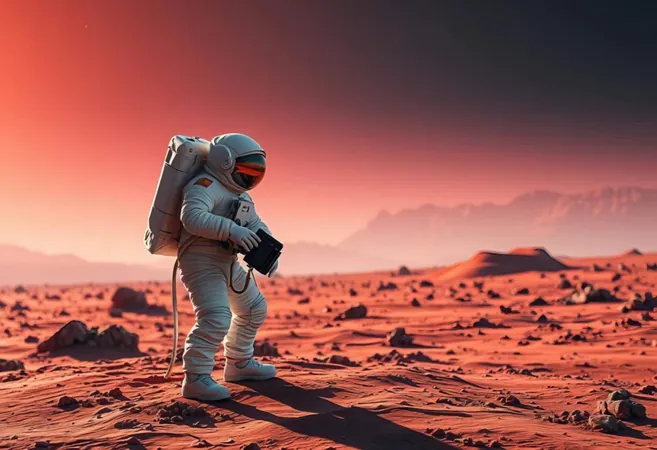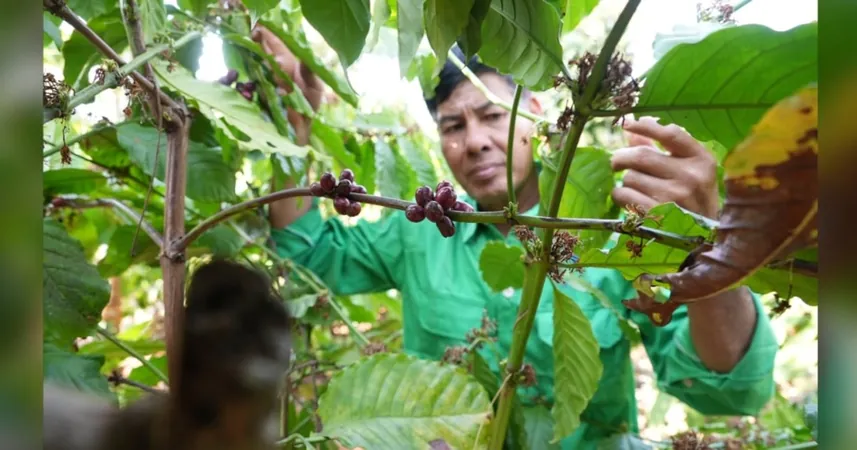
Breakthrough in Dolphin Genomes: A Lifeline for Endangered Species!
2025-07-08
Author: Emily
Revolutionizing Dolphin Conservation Through DNA Technology
In a groundbreaking effort to save some of the ocean's most endangered inhabitants, researchers at the University of Otago have successfully assembled high-quality reference genomes for Aotearoa New Zealand's endangered Hector's dolphins and critically endangered Māui dolphins. This pioneering work sheds light on these elusive marine mammals and offers vital insights into their conservation.
Tackling the Challenges of Degraded DNA
Collecting DNA from free-ranging dolphins presents unique challenges due to their underwater habitat and the degradation of samples. However, a dedicated team, led by Dr. Alana Alexander and Ph.D. candidate Sebastian Alvarez-Costes, developed innovative strategies to overcome these hurdles, enabling the assembly of highly detailed genomes despite poor DNA conditions.
Understanding Genetic Vulnerabilities
Hector's dolphins are classified as endangered, while fewer than 100 Māui dolphins remain, making them one of the world’s most critically endangered marine mammals. The research revealed alarming genetic health issues, particularly for the Māui dolphin, which exhibited 40% lower genetic diversity compared to Hector's dolphins. This diminishment raises concerns about inbreeding and the species' ability to adapt to environmental threats, such as climate change.
Ancient Secrets Unveiled
Analysis shows that Hector's and Māui dolphins diverged about 20,000 years ago due to the last ice age, leading to distinct subspecies along New Zealand’s shoreline. This separation has significant implications for their genetic resilience and ability to face changing ecosystems.
Innovative Genome Assembly Techniques
The study’s success hinges on a sophisticated genome assembly process that utilizes 'synteny'—the study of gene order similarities between species. By harnessing high-quality genomes from related species like the bottlenose dolphin, the team achieved remarkable results, mapping over 99% of the genome to chromosomes, placing these among the best-assembled dolphin genomes globally.
A Model for Future Conservation Efforts
The implications of this study extend far beyond New Zealand. As global conservationists grapple with the urgency of preserving vanishing species, the methodology established here serves as a groundbreaking model for assembling genomes from other endangered animals, even when working with degraded DNA.
A Cultural and Conservation Commitment
Respecting the cultural significance of dolphins as taonga (treasures) in Māori culture, Alvarez-Costes emphasizes the responsibility of keeping custodianship over the data. The project has included consultations with iwi (tribes), ensuring that genetic information is responsibly stored in the Aotearoa Genomics Data Repository. This effort not only preserves vital ecological data but also strengthens connections between Māori communities and their maritime heritage.
A Journey of Passion and Purpose
With roots in Mexico, Alvarez-Costes draws parallels between New Zealand's dolphins and the vaquita in his homeland, further igniting his passion for marine conservation. He highlights the profound experience of working with these culturally significant species, acknowledging their role as guides in ancestral maritime journeys.
This innovative research not only contributes to the survival of these magnificent dolphins but also sparks hope for conservation strategies worldwide, proving that even the most challenging scientific obstacles can lead to remarkable breakthroughs.









 Brasil (PT)
Brasil (PT)
 Canada (EN)
Canada (EN)
 Chile (ES)
Chile (ES)
 Česko (CS)
Česko (CS)
 대한민국 (KO)
대한민국 (KO)
 España (ES)
España (ES)
 France (FR)
France (FR)
 Hong Kong (EN)
Hong Kong (EN)
 Italia (IT)
Italia (IT)
 日本 (JA)
日本 (JA)
 Magyarország (HU)
Magyarország (HU)
 Norge (NO)
Norge (NO)
 Polska (PL)
Polska (PL)
 Schweiz (DE)
Schweiz (DE)
 Singapore (EN)
Singapore (EN)
 Sverige (SV)
Sverige (SV)
 Suomi (FI)
Suomi (FI)
 Türkiye (TR)
Türkiye (TR)
 الإمارات العربية المتحدة (AR)
الإمارات العربية المتحدة (AR)